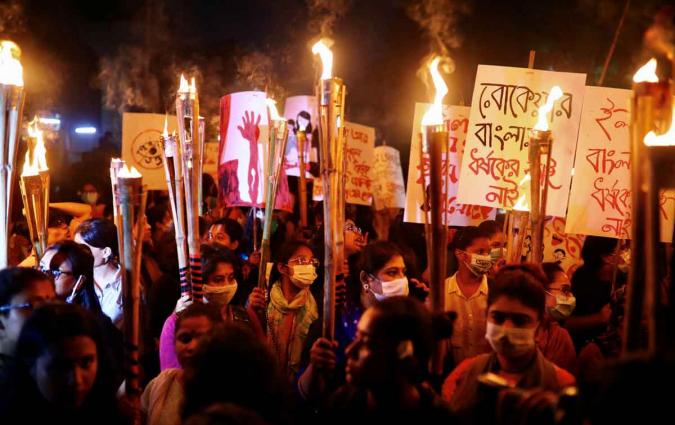Indian news media and the production of news in the age of social discovery
DOI: 10.60625/risj-d9ed-p917
In this report, we examine the social media practices of six English-language news organisations based in India in the context of the country’s increasing mobile internet access and a growing number of social media users. The organisations studied include two newspapers, two broadcast news channels, and two digital-born websites.
On the basis of interviews with senior editors and executives, as well as analysis of the Facebook and Twitter output of each organisation, we find:
First, Facebook is more important to publishers that Twitter. This, in part because of its very large user base, but also because the company has collaborated actively with a number of Indian publishers and offers more opportunities for monetisation. Twitter, however, is still seen as an important platform for breaking news and reaching elites.
Second, most organisations covered pursue an on-site strategy oriented towards driving social media referrals to their website (where content can be monetised through advertising).
Third, while the majority of social posts are links to content on publishers’ websites, all publishers have been increasing the amount of native content they post, especially to Facebook.
The report also contains insight into how Indian news organisations plan their social media content, what tools and data they used to measure their performances and the relationship they share with the technology giants - Facebook and Twitter - that build and control these platforms.
Published by the Reuters Institute for the Study of Journalism.

This report can be reproduced under the Creative Commons licence CC BY. For more information please go to this link.






